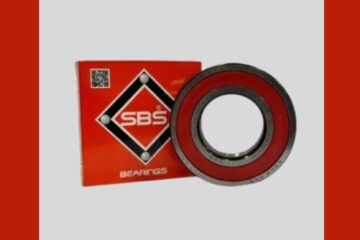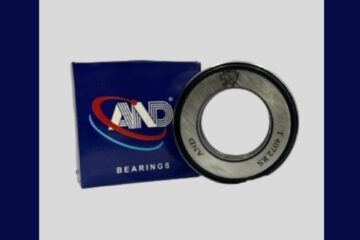Introduction:
Electric motors are devices that convert electrical energy into mechanical energy through the interaction of magnetic fields. They play a fundamental role in numerous applications, powering a wide range of devices, machinery, and systems. The basic principle behind electric motors is electromagnetic induction, discovered by Michael Faraday in the 19th century.
Here are key aspects related to Motors:
1. **Working Principle:**
– Motors operate based on the interaction between magnetic fields and electric current.
– The core components include a stator (stationary part) and a rotor (rotating part).
– When an electric current flows through the wire windings in the stator, it creates a magnetic field.
– The rotor, typically equipped with magnets or conductive coils, experiences a force due to the interaction with the magnetic field, causing it to rotate.
2. **Types of Electric Motors:**
– **DC Motors:** Direct current (DC) motors are commonly used in applications where a constant and controlled speed is required, such as in small household appliances.
– **AC Motors:** Alternating current (AC) motors, including induction and synchronous motors, are widely used in industrial applications due to their efficiency and ability to handle variable loads.
3. **Applications:**
– Motors power a diverse array of devices, ranging from household appliances (fans, blenders, washing machines) to industrial machinery (conveyors, pumps, compressors).
– In the automotive industry, motors are integral to electric and hybrid vehicles, driving propulsion systems.
– Renewable energy sources, such as wind turbines and hydroelectric generators, utilize electric motors to convert mechanical energy into electricity.
4. **ELECTRIC MOTORS Efficiency and Performance:**
– Continuous advancements in motor design and technology focus on improving efficiency, reducing energy consumption, and minimizing environmental impact.
– High-efficiency motors contribute to energy conservation and are essential for meeting sustainability goals.
5. **Variable Frequency Drives (VFDs):**
– VFDs are devices that control the speed and torque of motors by adjusting the frequency of the electrical power supplied.
– They are widely used in industrial settings to optimize energy usage and enhance motor control.
6. **ELECTRIC MOTORS Maintenance and Lifespan:**
– Proper maintenance, including regular inspections and lubrication, is crucial to ensure the longevity and reliable operation of electric motors.
– Monitoring techniques, such as vibration analysis and thermal imaging, help identify potential issues before they lead to motor failure.
In summary, electric motors are ubiquitous in modern life, powering a wide range of applications across various industries. Ongoing technological advancements continue to improve their efficiency, reliability, and environmental sustainability, making Motors essential components in the evolving landscape of energy and automation.



0 Comments